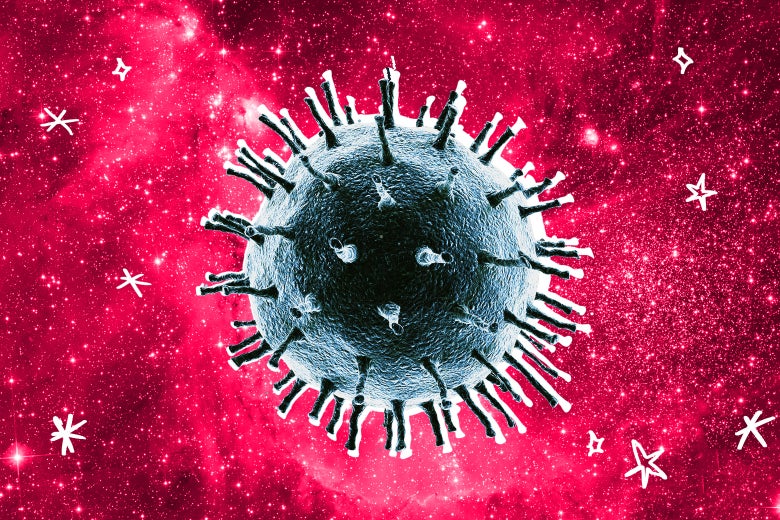
The history of Mars exploration can be characterized by a series of exciting discoveries that have dramatically overturned previously held beliefs about the planet. Until very recently, the dominantly held position within the scientific community was that while geologic and climatic conditions during Mars’ distant past may have been conducive to the potential origin and evolution of life, conditions on Mars today offer slim hope for life as we know it due to the unlikely existence of near-surface liquid water environments. However, recent results from from NASA’s Phoenix Lander and Mars Reconnaissance Orbiter missions suggest that present-day Mars may in fact contain a range of potential liquid water environments associated with perchlorates in near-surface soil layers and seasonally recurring slope lineae.
The purpose of this conference is to review observations and theories relating to the current habitability of Mars, and to broadly discuss the implications for future Mars science and exploration.
For archived talks, simply click the hyper-linked titles below:
Day 1
Introductions
Chair: David Paige
8:30am Conference Welcome (David Paige – University of California, Los Angeles)
8:40am Welcome from the Dean (Joe Rudnick – Dean of Physical Sciences, UCLA)
Current Mars Liquid Water Activity
Chair: Alfred McEwen
8:50am Session Introduction
8:55am Invited Talk: Behavior of Briny Water at the Phoenix Landing Site (Selby Cull)
9:25am Thin Liquid Water Films on Present-Day Mars (Akos Kereszturi)
9:40am Assessing Habitability: Lessons from the Phoenix Mission (Carol Stoker)
9:55pm Laboratory Experiments to Study the Martian Water Vapor Cycle (Harvey Elliott)
10:10am Invited Talk: Recurring Slope Lineae (RSL): Flow of Briny Water on Present-Day Mars? (Alfred McEwen)
10:40am Spectral Constraints on the Nature and Formation Mechanism of Recurring Slope Lineae (Lujendra Ojha)
10:55am Mid-morning Break
11:10am Formation of Recurrent Slope Lineae (RSL) by Freshwater Discharge of Melted Cold Traps (David Stillman)
11:25am Mass Balance Constraints on the Sustainability of Mars’ Recurrent Slope Lineae (RSL): Should RSL be an Astrobiology Priority? (Edwin Kite)
11:40am Invited Talk: Stability and Activity of Liquid Brines on Present-Day Mars (Vincent Chevrier)
12:10pm Present-Day Liquid Water on Mars: Theoretical Expectations, Observational Evidence, and Preferred Locations (German Martinez)
12:25pm Temporary Liquid Interfacial Water in the Upper Surface of Mars (Jean-Pierre de Vera)
12:40pm Thermodynamic Stability of Liquid Water on Present-Day Mars: Surface Retrievals from the Mars Climate Sounder (Paul Hayne)
12:55pm Lunch
Early MSL Results
Chair: Ashwin Vasavada
1:55pm Invited Talk: The Mars Science Laboratory Mission: Early Results from Gale Crater (Ashwin Vasavada)
Mars Salts and Perchlorates
Chair: Selby Cull
2:55pm Session Introduction
3:00pm Invited Talk: Formation of Perchlorate on Mars (David Catling)
3:30pm Invited Talk: The Formation and Stability of Perchlorate Liquid Brines on Mars (Raina Gough)
4:00pm Afternoon Break
4:15pm Invited Talk: The Phoenix Mars Lander Wet Chemistry Laboratory: New Results for Perchlorate and its Implications for Water, Organics, and Life (Sam Kounaves)
4:45pm Water Uptake of Calcium Perchlorate: An Investigation of Stable Aqueous Solutions Relevant to Mars (Danielle Nuding)
5:00pm Character of Mg(ClO4)2 Brines Under Mars Regolith Conditions (Aaron Zent)
5:15pm Closing Remarks and Discussion (David Paige)
5:30pm Day 1 Talks End
Day 2
Mars Salts and Perchlorates (cont’d)
Chair: Selby Cull
9:00am Session Introduction
9:05am Invited Talk: Aqueous Extract of a Mars Analogue Regolith (Wayne Nicholson)
9:35am Growth of Methanogens in the Presence of Perchlorates: Implications for Life on Mars (Timothy Kral)
9:50am Dissimilatory Perchlorate Reduction Linked to Cryptic Aerobic Methane Oxidation: A Possible Scenario for Life on Mars (Laurence Miller)
10:05am Possibilities for Life on Mars – A Surprising New Microbe (Robert Clark)
10:20am Freezing and Evaporation Modeling of WCL Solutions Using FREZCHEM Model and GWB Geochemical Work Bench (Amira Elsenousy)
10:35am Hygroscopicity and Present Habitability on Mars (Dirk Schulze-Makuch)
10:50am Mid-morning Break
11:05am “Subsurface Mineral-water Reservoir on Mars“http://connect.arc.nasa.gov/p20b8ckjbv7/ (Alian Wang)
11:20am Experimental Formation and Persistence of Metastable Aqueous Salt Solutions on Mars (Jonathan Toner)
11:35am Regional Prevalence of Fe-Sulfates on Mars (Suniti Karunatillake)
Redox Potentials for Martian Life
Chair: Claire Cousins
11:50am Session Introduction
11:55am Invited Talk: Present-day Uninhabited Habitats on Mars (Charles Cockell)
12:25pm Lunch
1:40pm Invited Talk: Plausible Microbial Metabolisms on Mars (Claire Cousins)
2:10pm Invited Talk: Energy Sources and Metabolic Rates for Life on Mars (Chris McKay)
2:40pm Metabolic Activity of Microorganisms During and After Simulated Mars-like Conditions (Jean-Pierre de Vera)
2:55pm Geologic and Energetic Constraints of Anaerobic Methane Oxidation on Mars (Jeffrey Marlow)
3:10pm Afternoon Break
Implications for Mars Planetary Protection Policies
Chair: Cassie Conley
3:25pm Session Introduction
3:30pm Invited Talk: Life Detection and Planetary Protection (Cassie Conley and Gerhard Kminek)
4:00pm Invited Talk: Growth and Ultrastructure of Bacteria in 7 mbar, 0° C, and CO2-enriched Anoxic Atmospheres: Implications for the Forward Contamination of Mars (Andrew Schuerger)
4:30pm Survival of Halophiles at Mars-Simulated Conditions (Alla Bryanskaya)
4:45pm Invited Talk: Planetary Protection and its Application to JPL Missions (J. Andy Spry)
5:15pm Closing Remarks and Discussion (David Paige)
5:30pm Day 2 Talks End
 Astrovirology
Astrovirology Searching for Signs of Subsurface Life on Mars (Extinct to Extant)
Searching for Signs of Subsurface Life on Mars (Extinct to Extant) Serpentinizing Systems Science
Serpentinizing Systems Science Exoplanet Biosignatures Workshop Without Walls
Exoplanet Biosignatures Workshop Without Walls